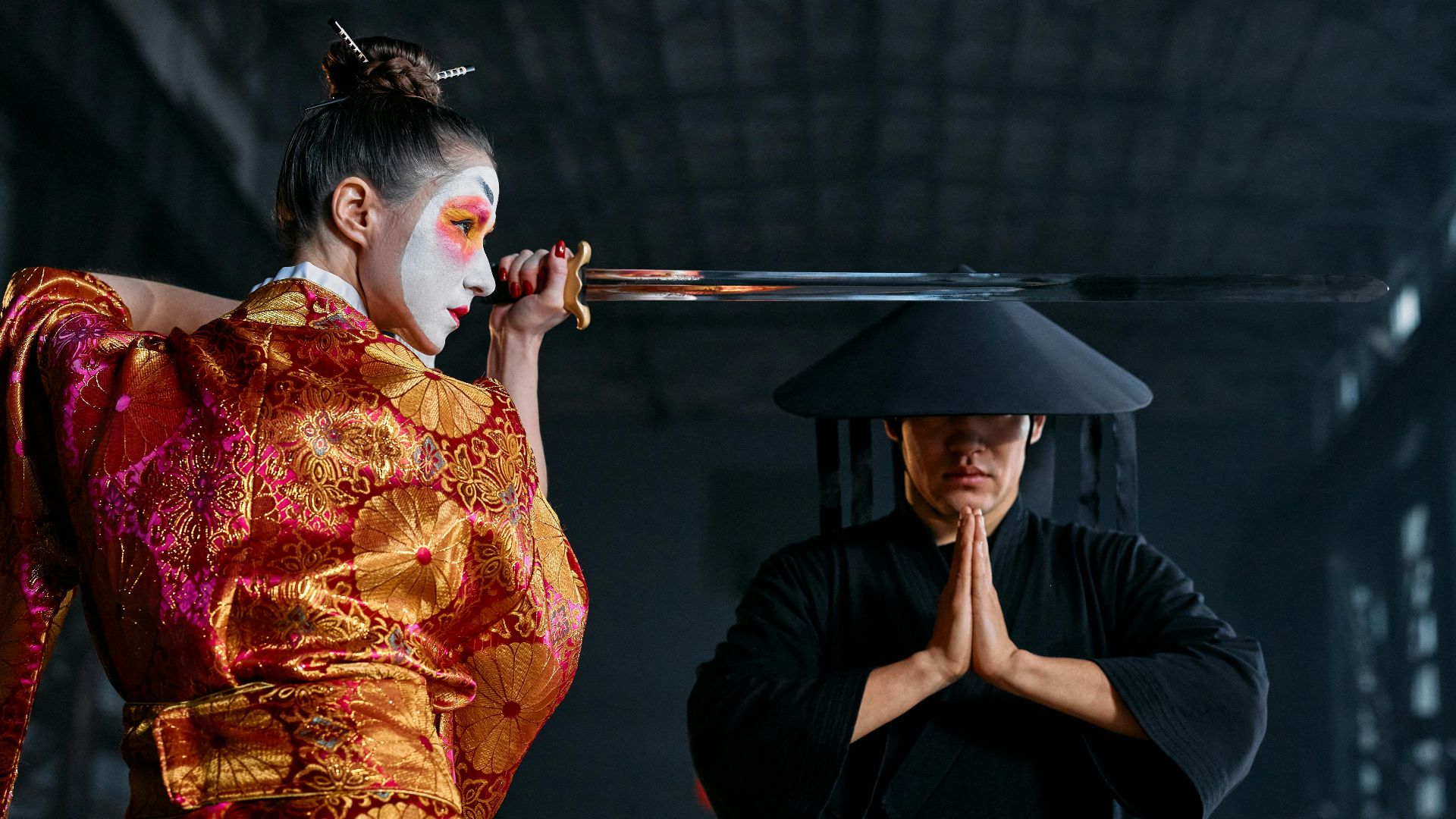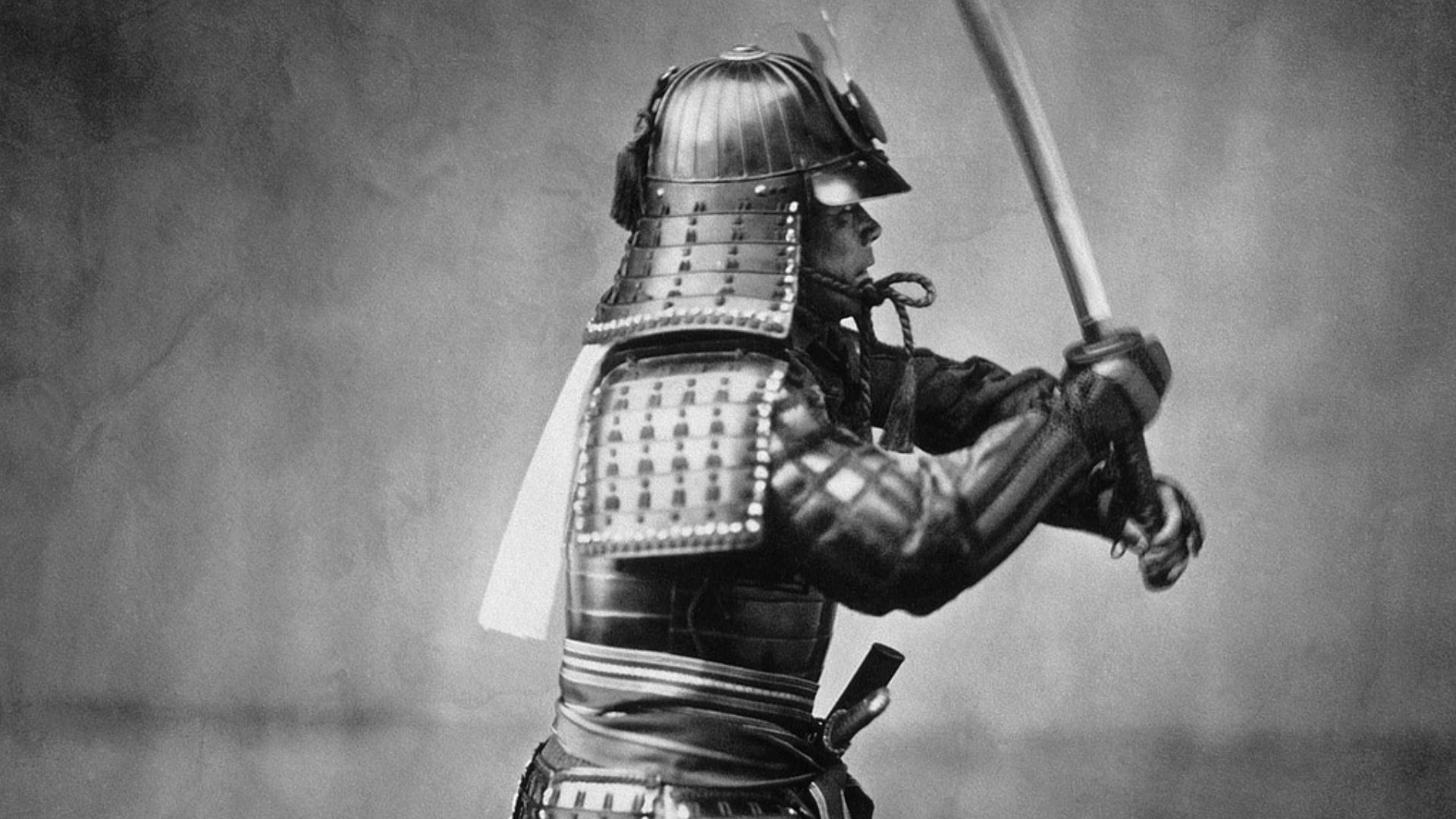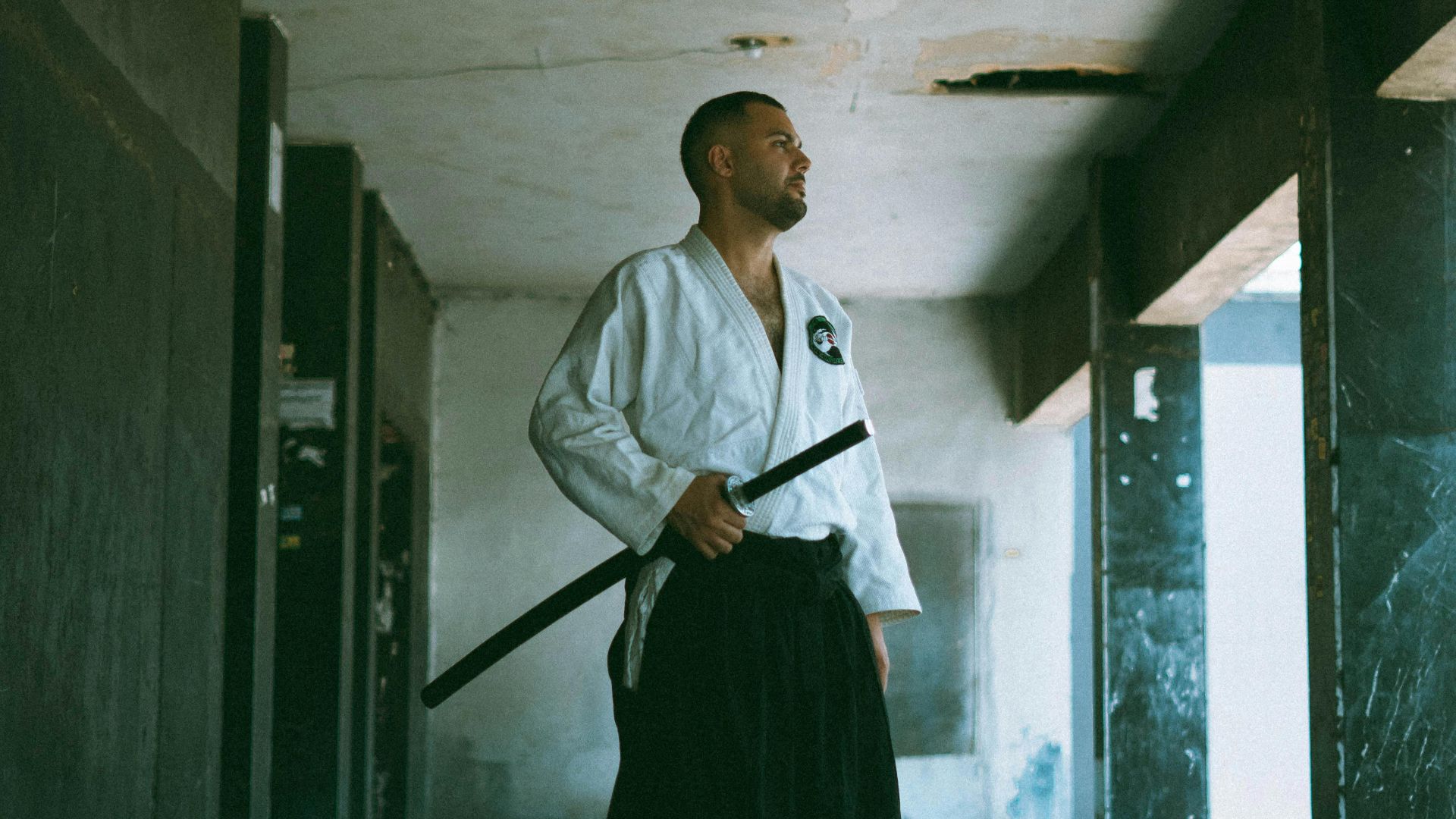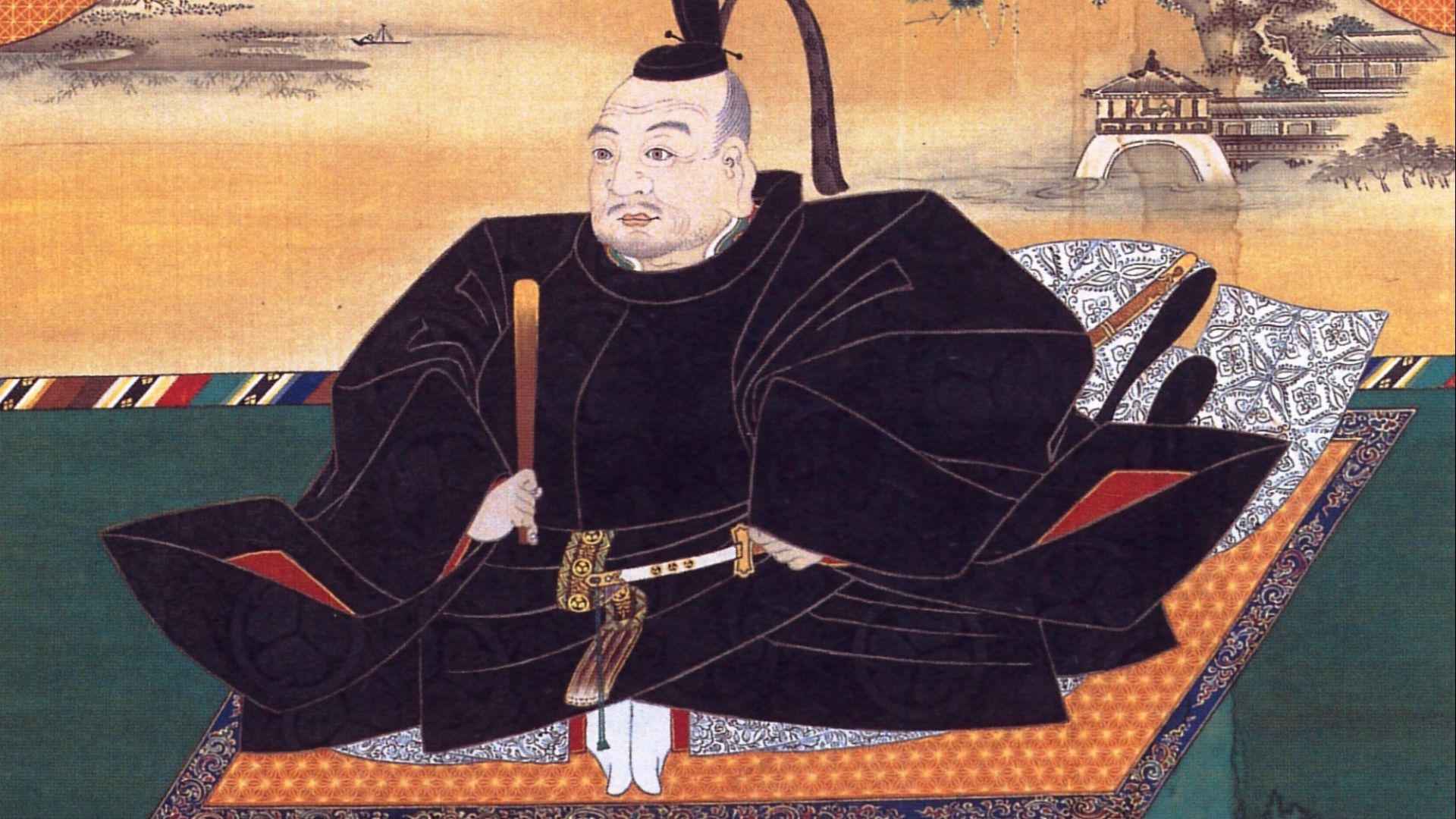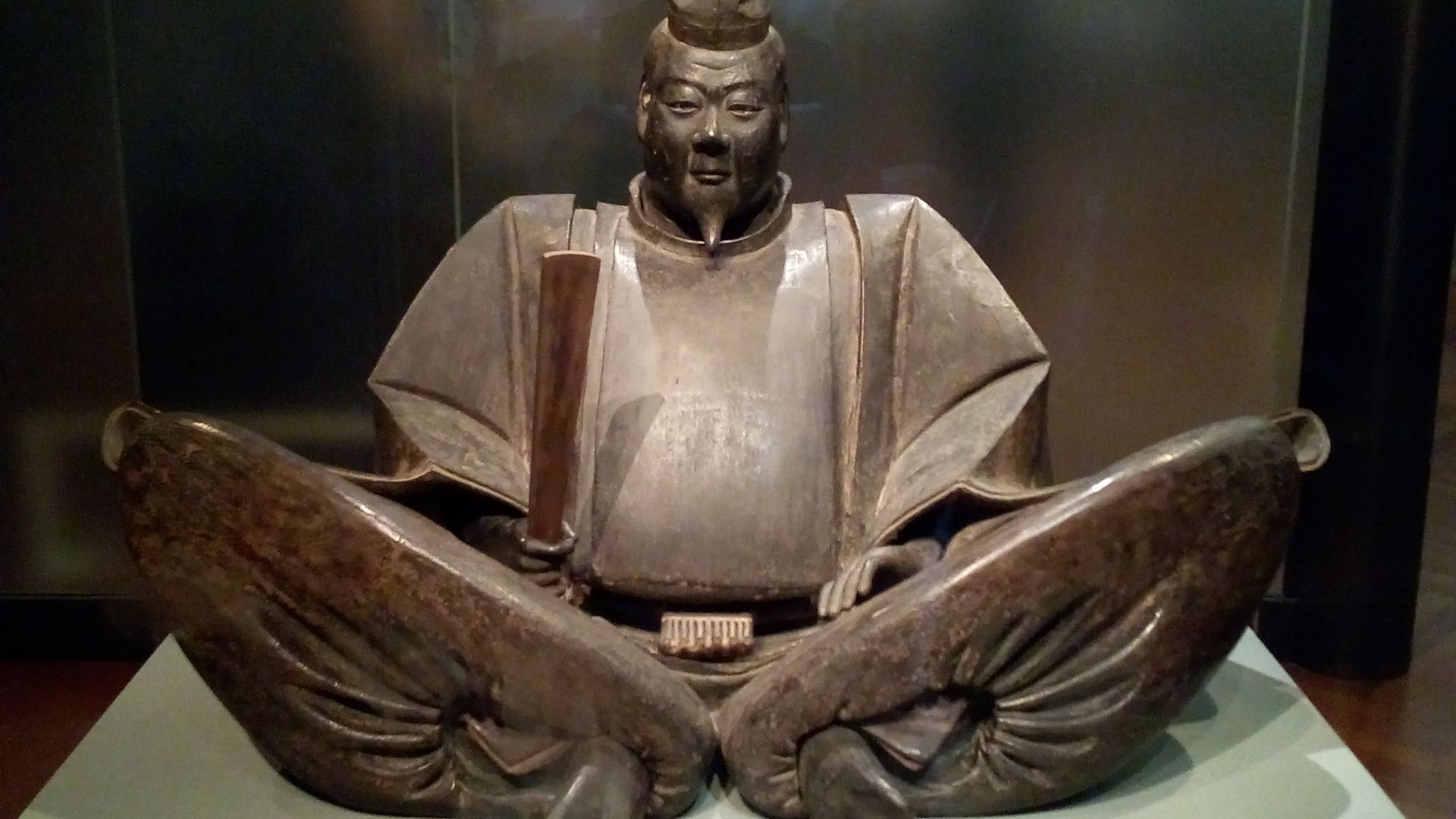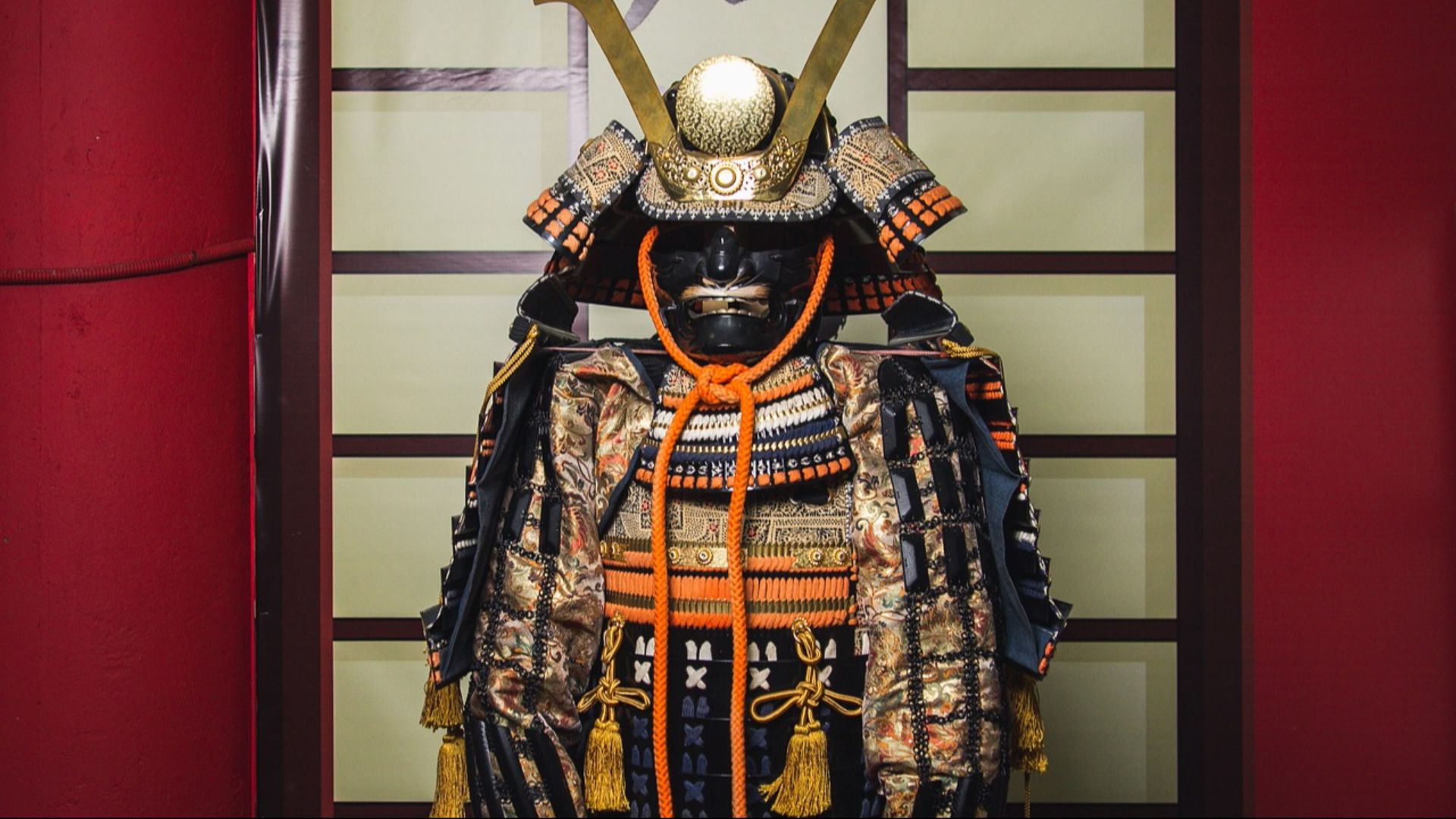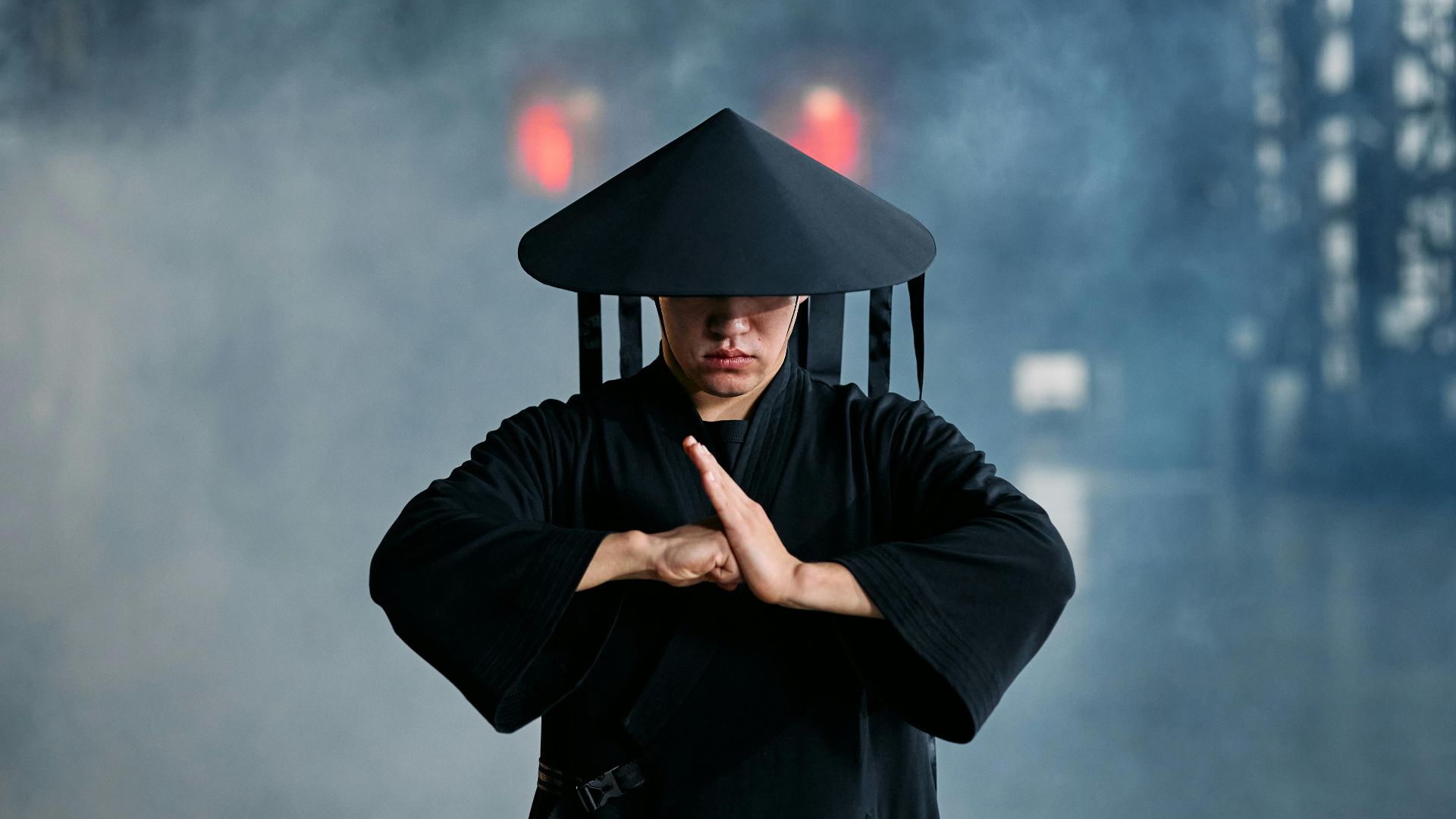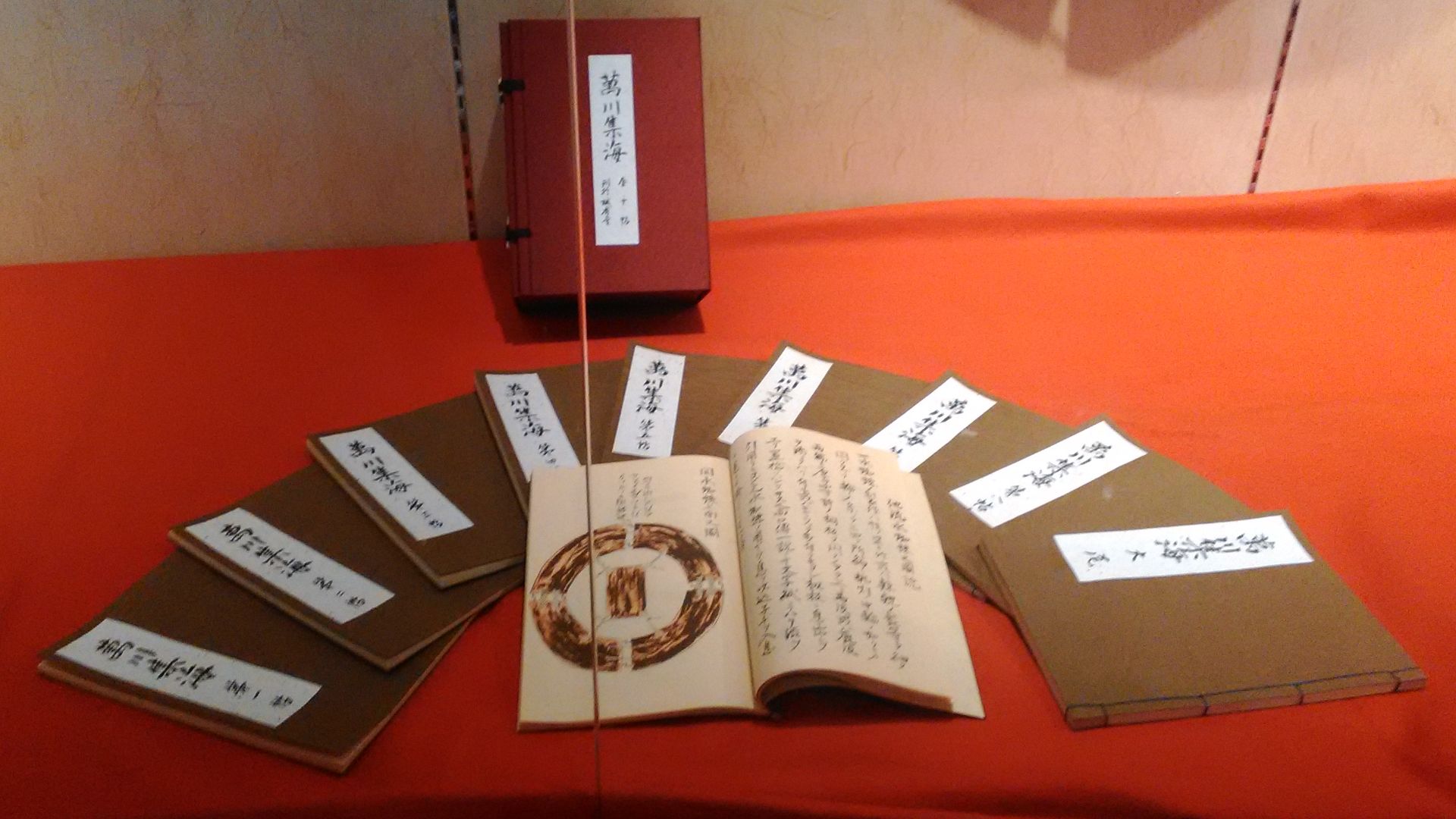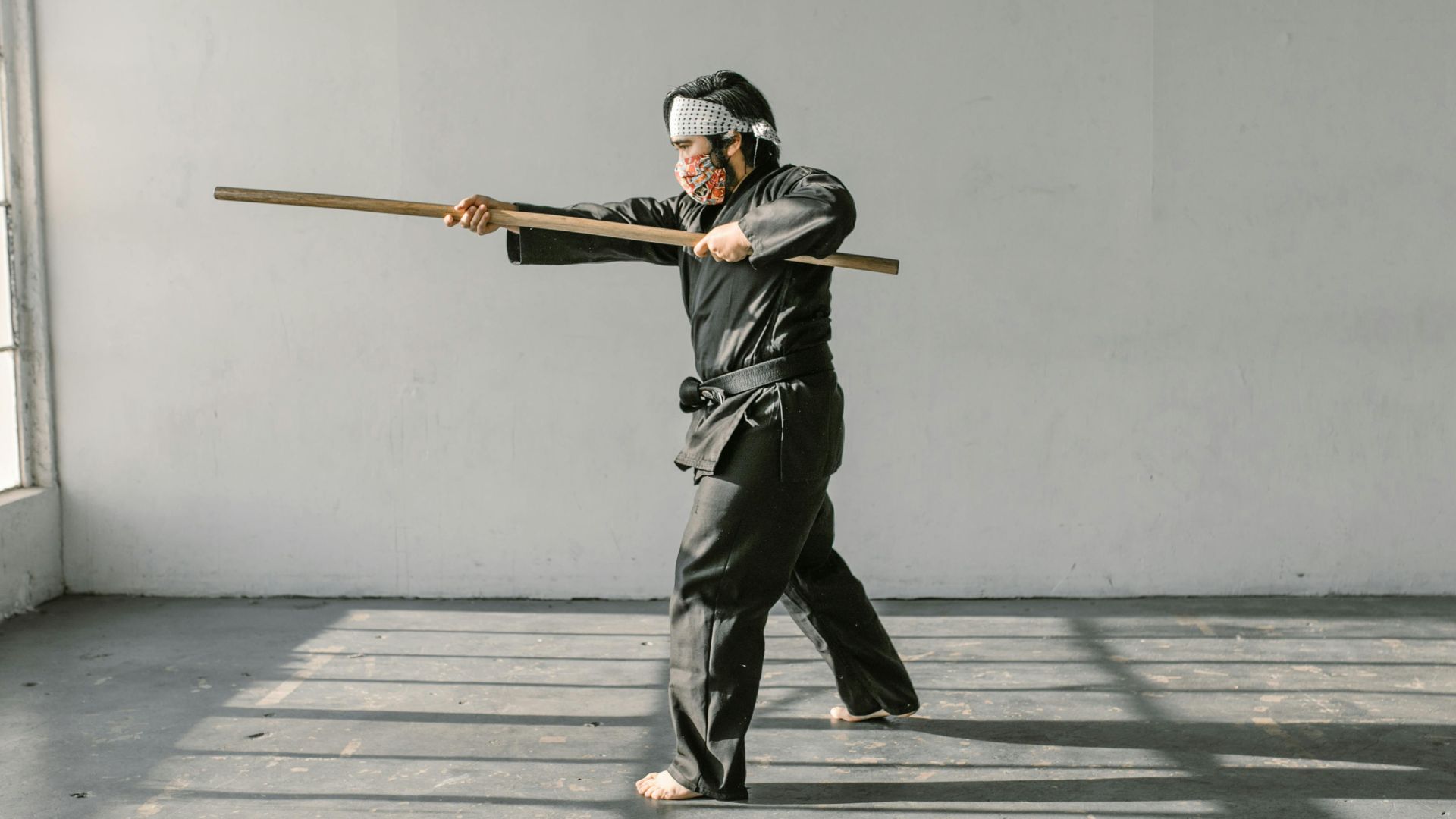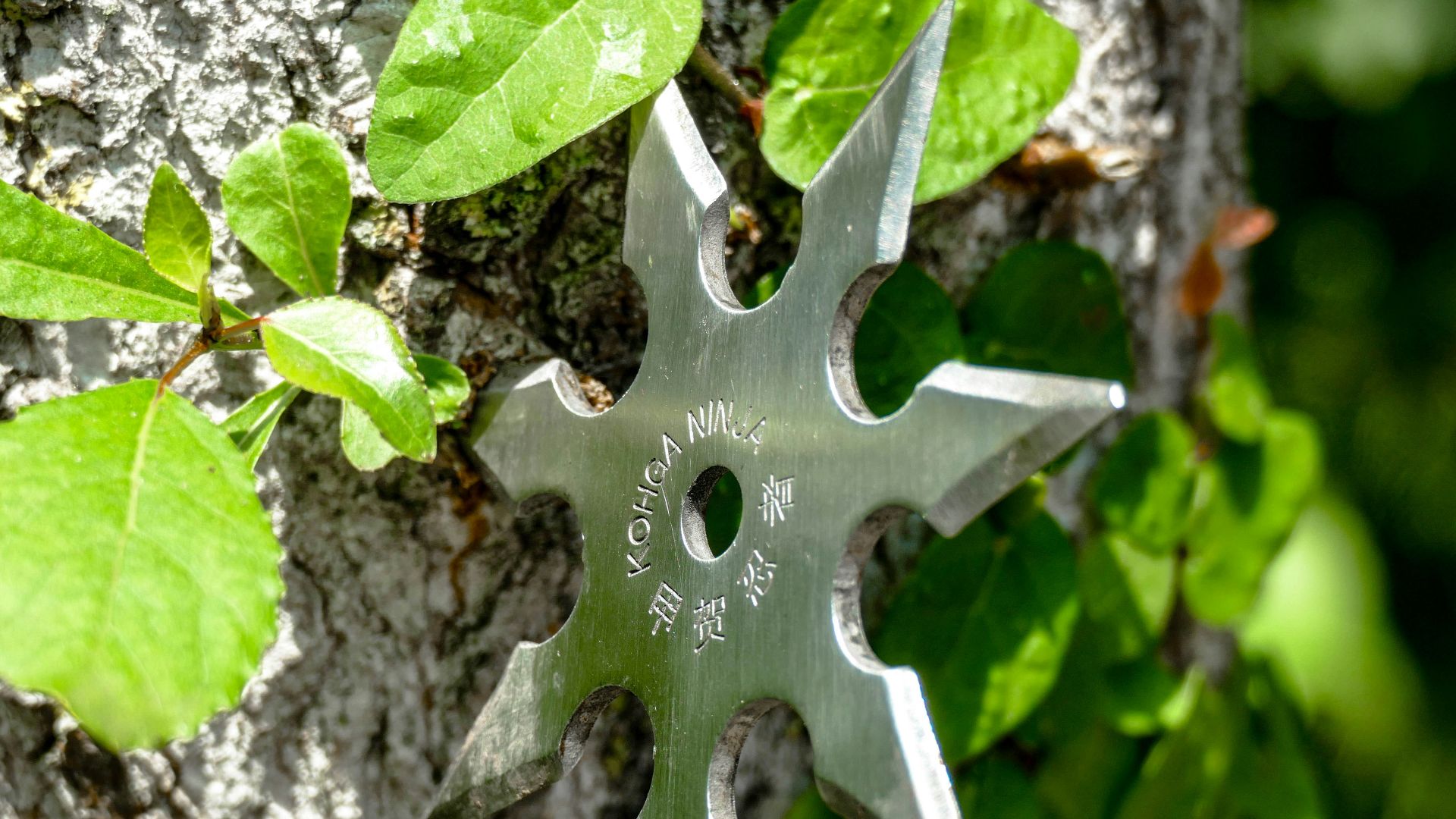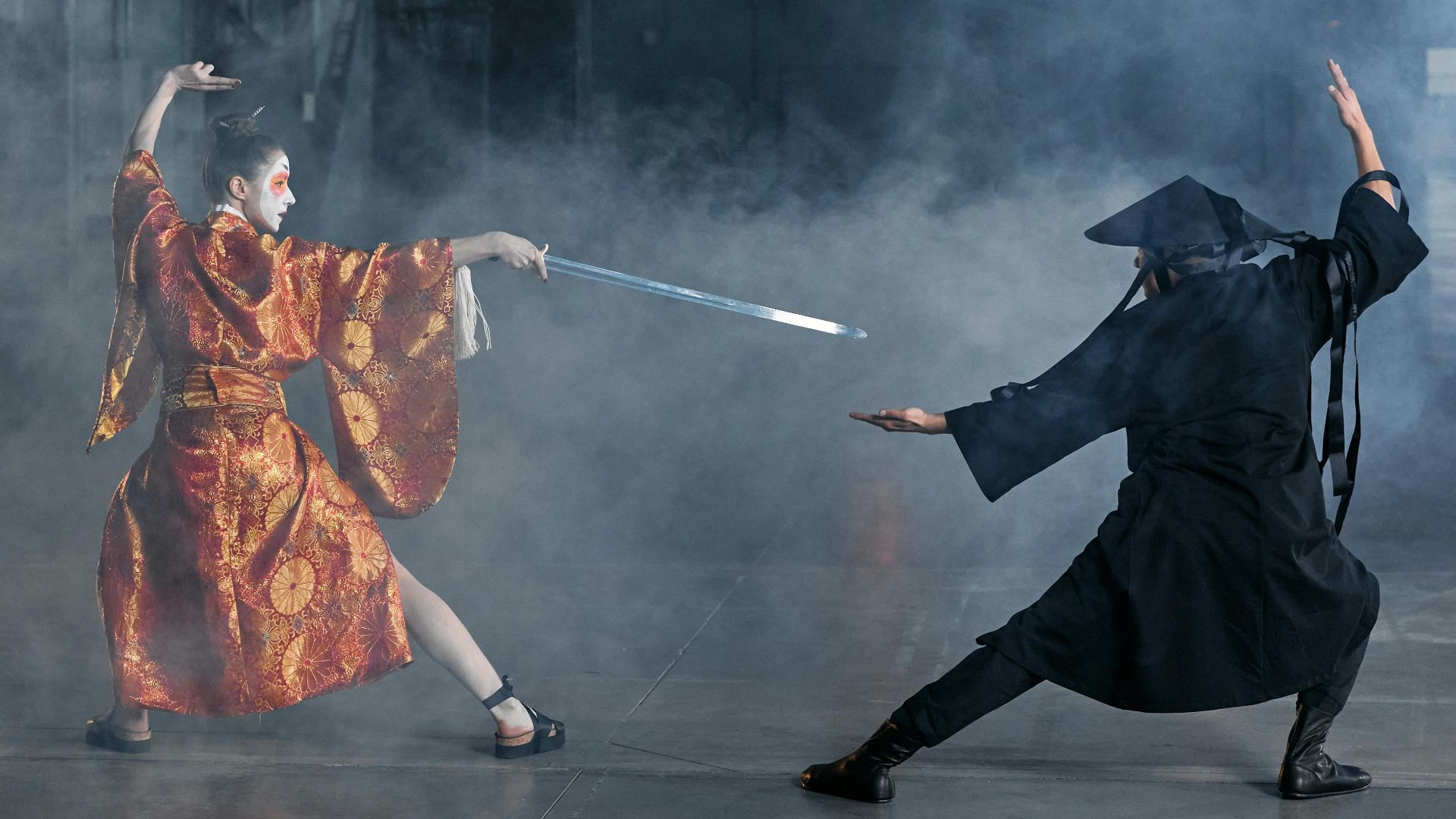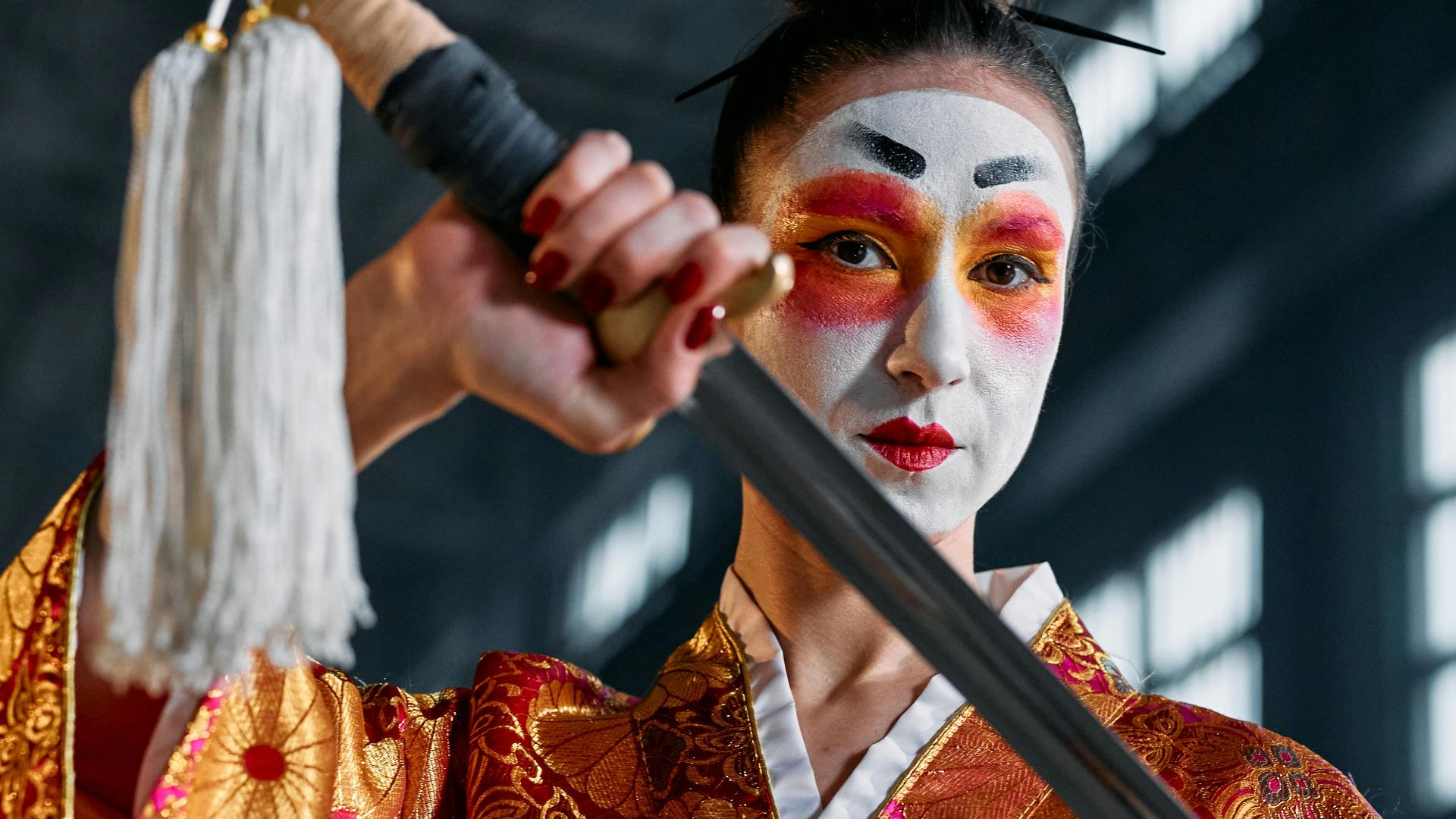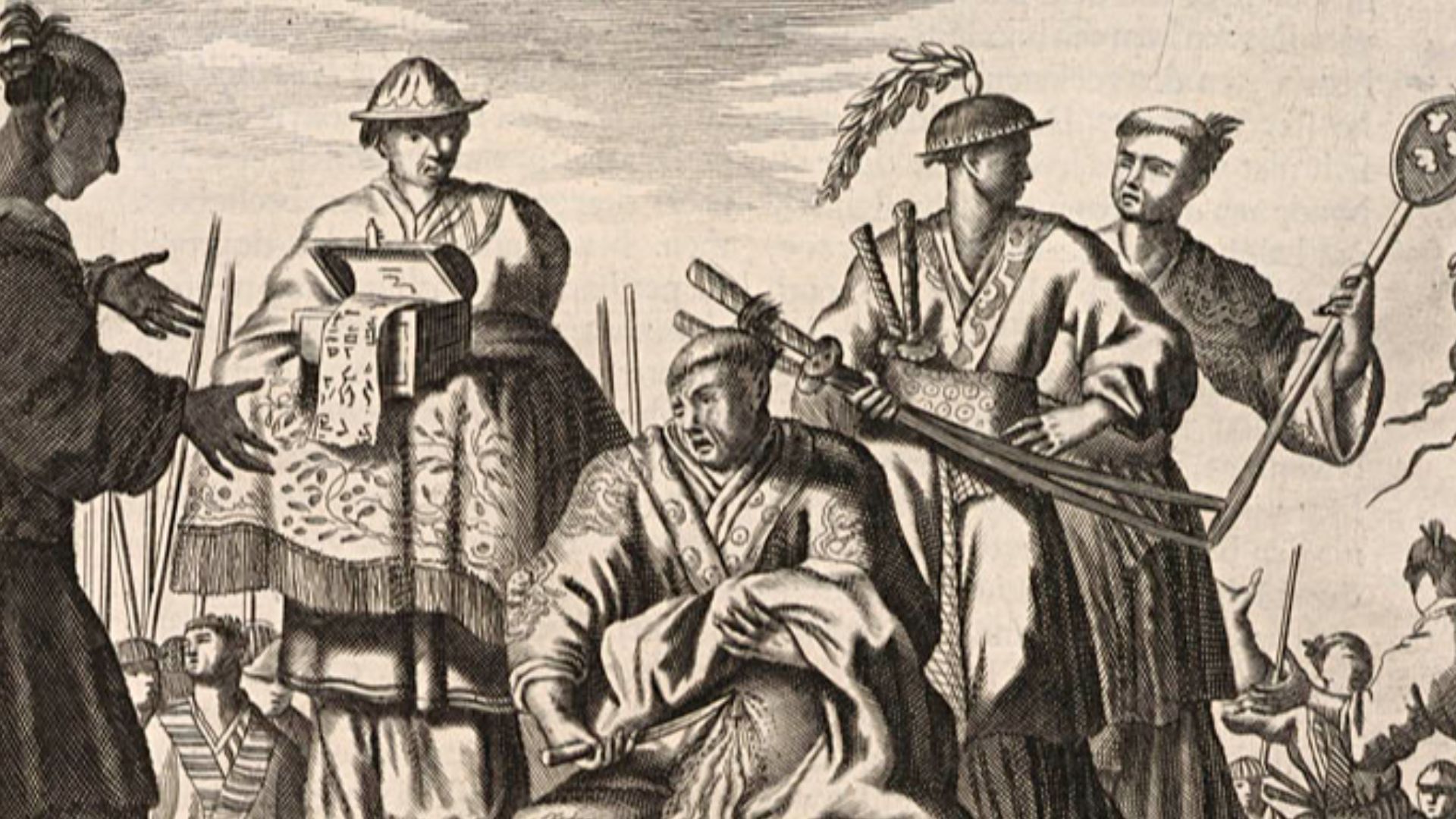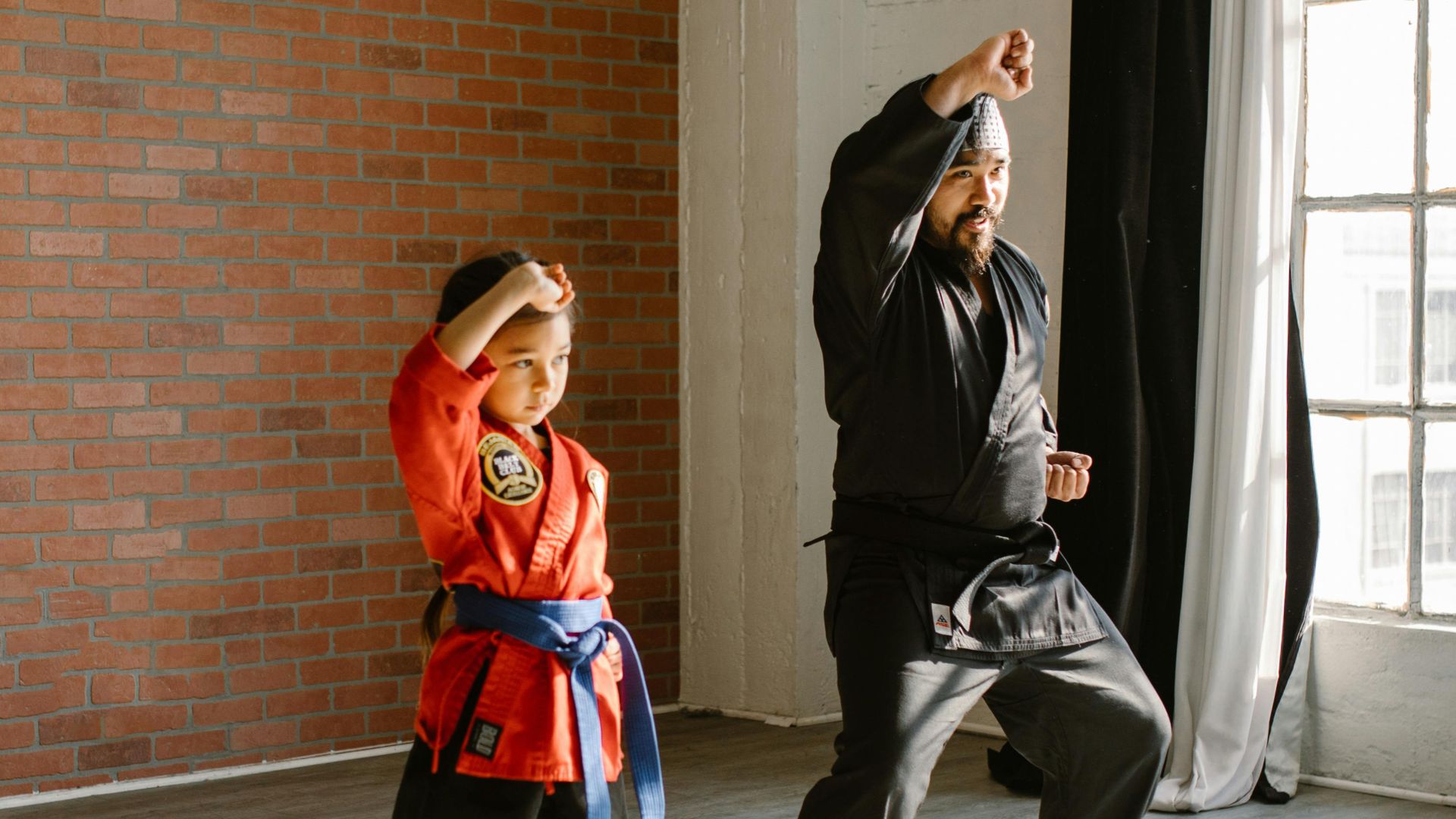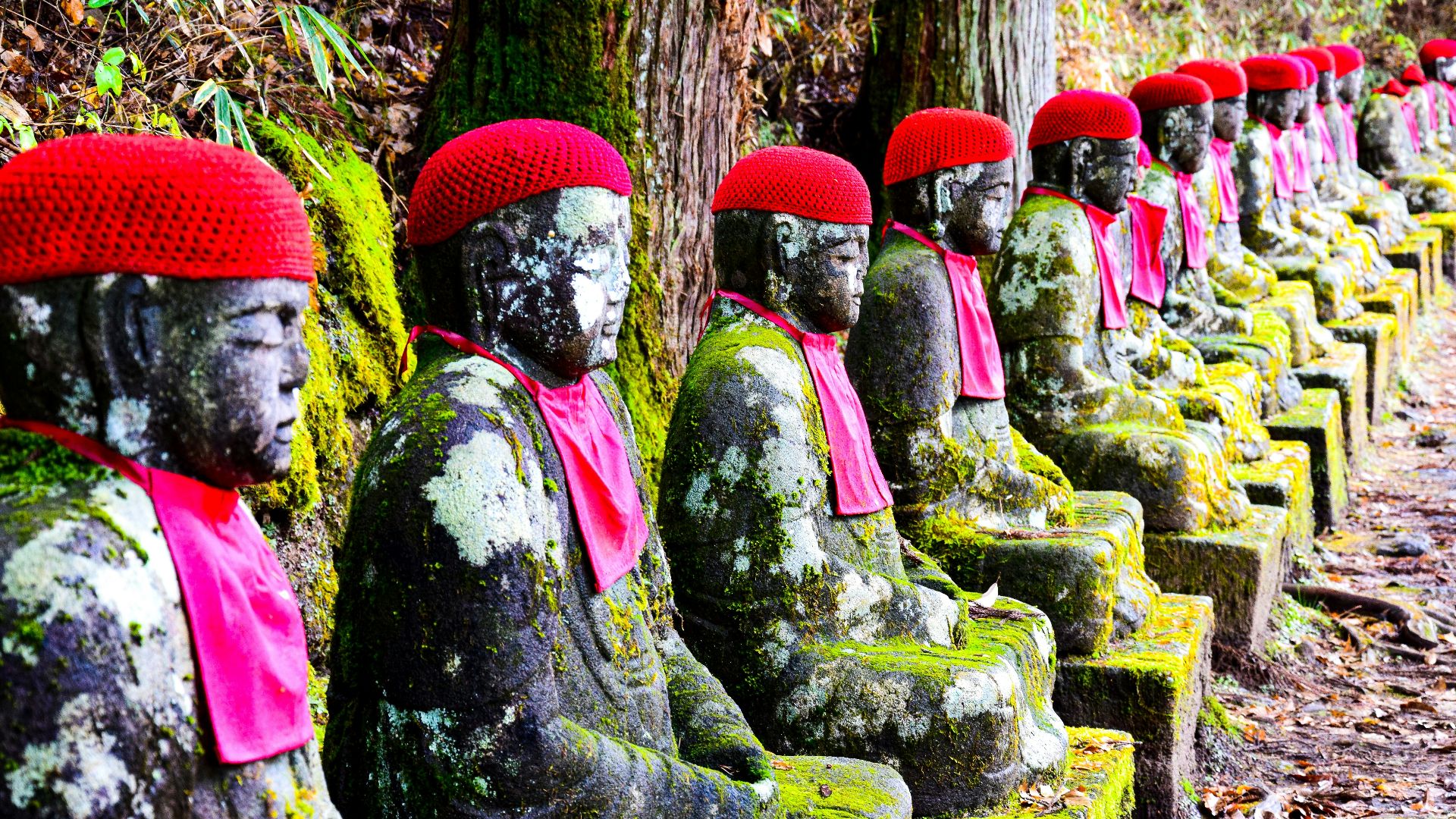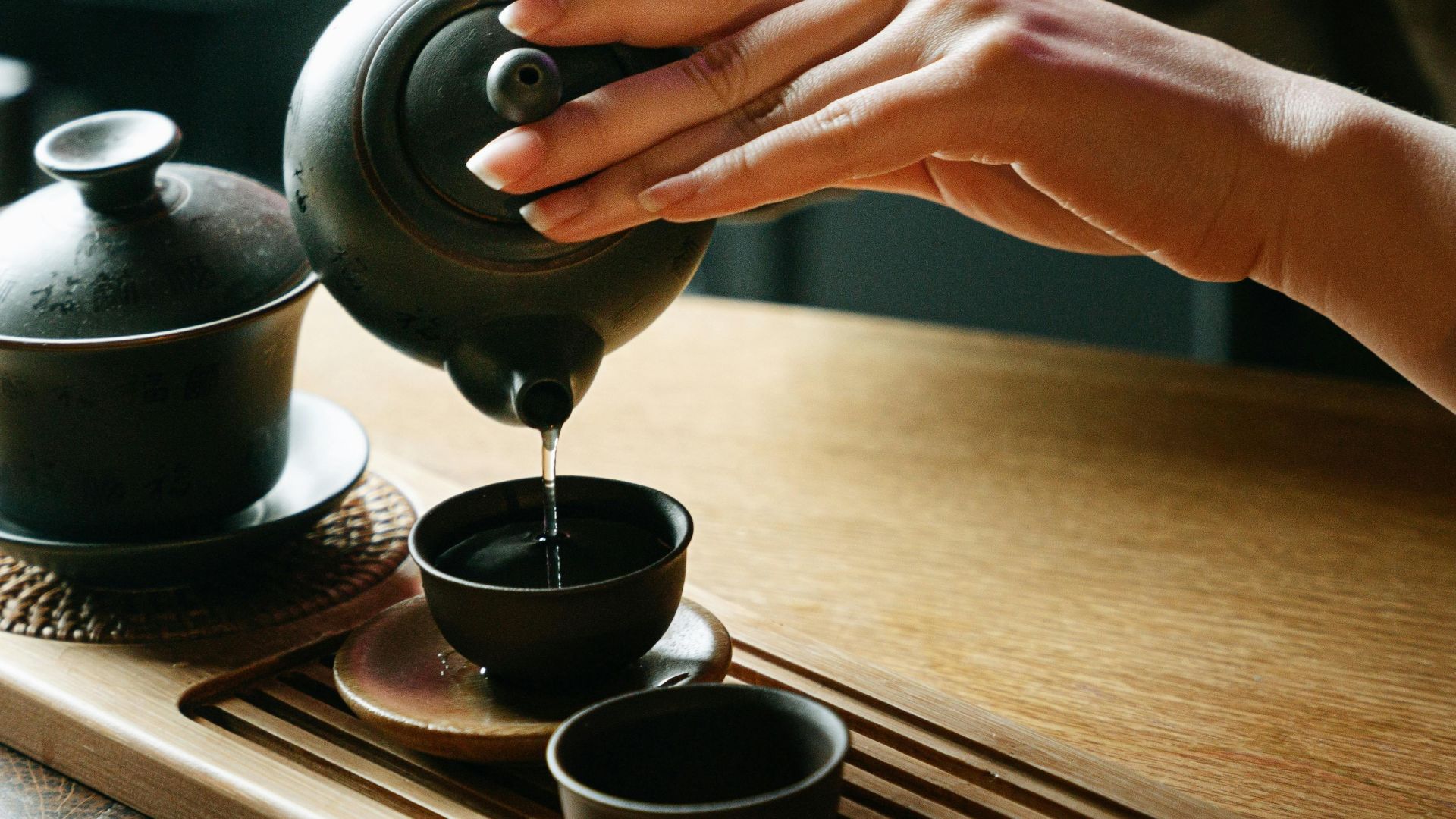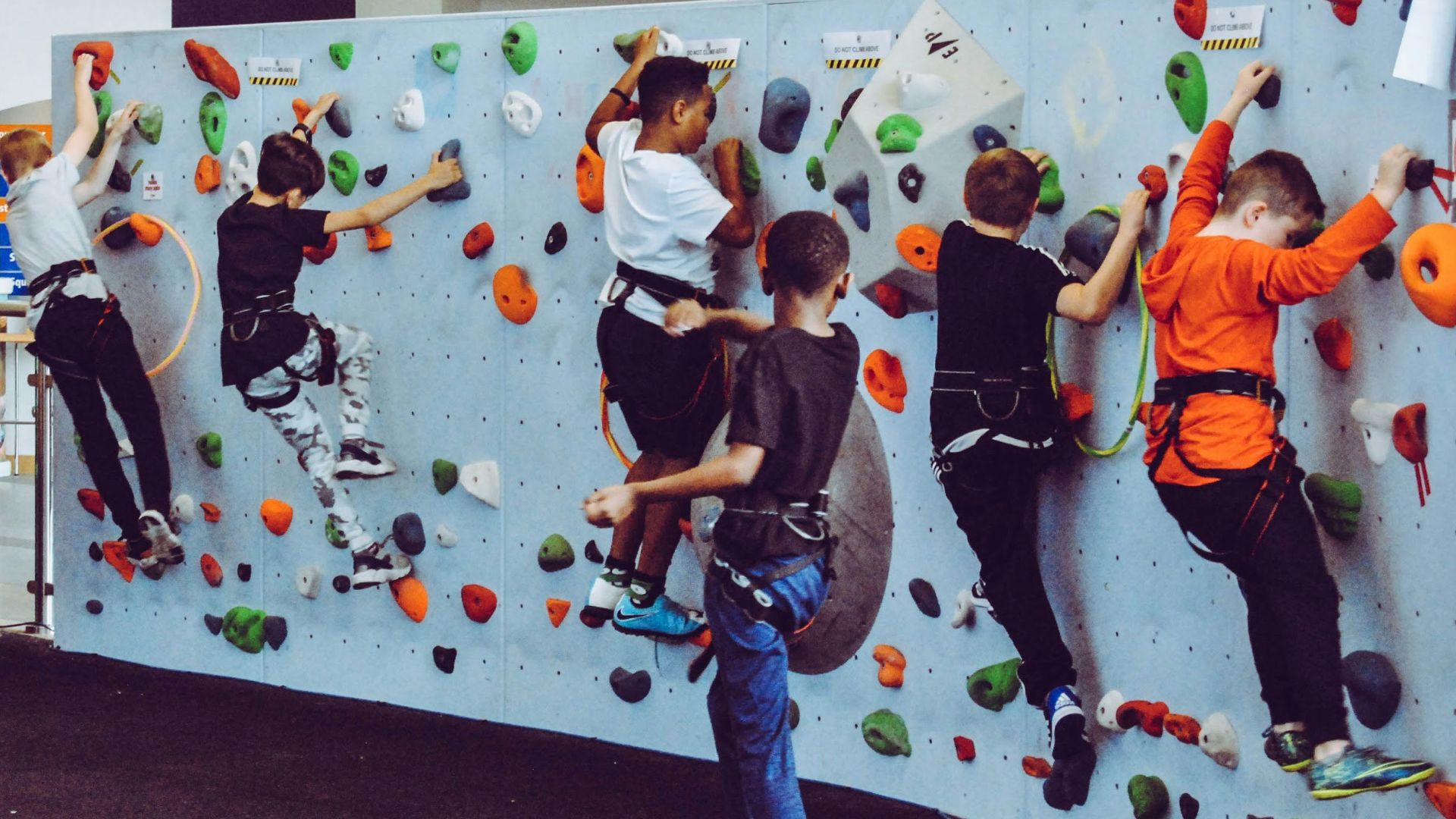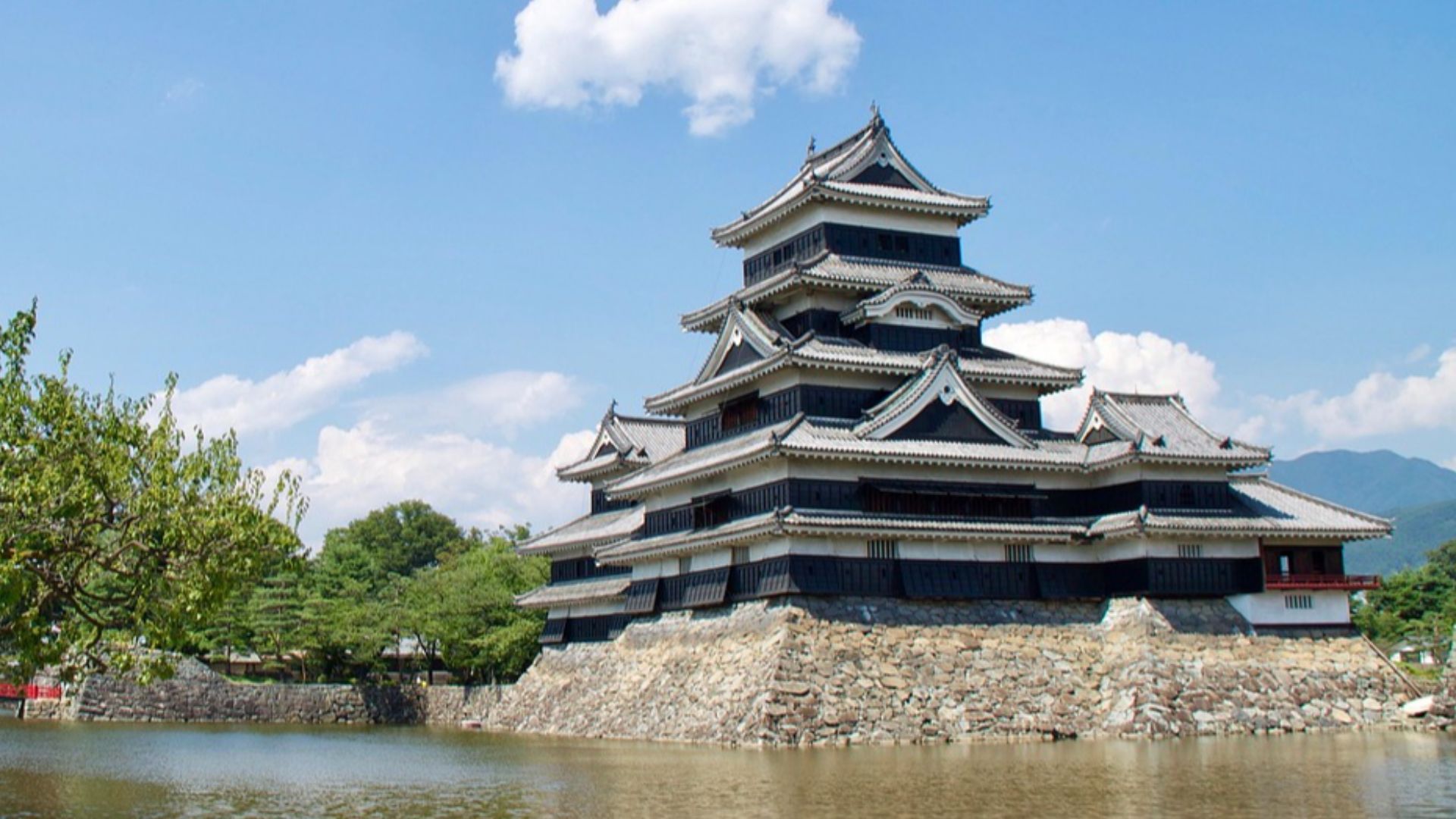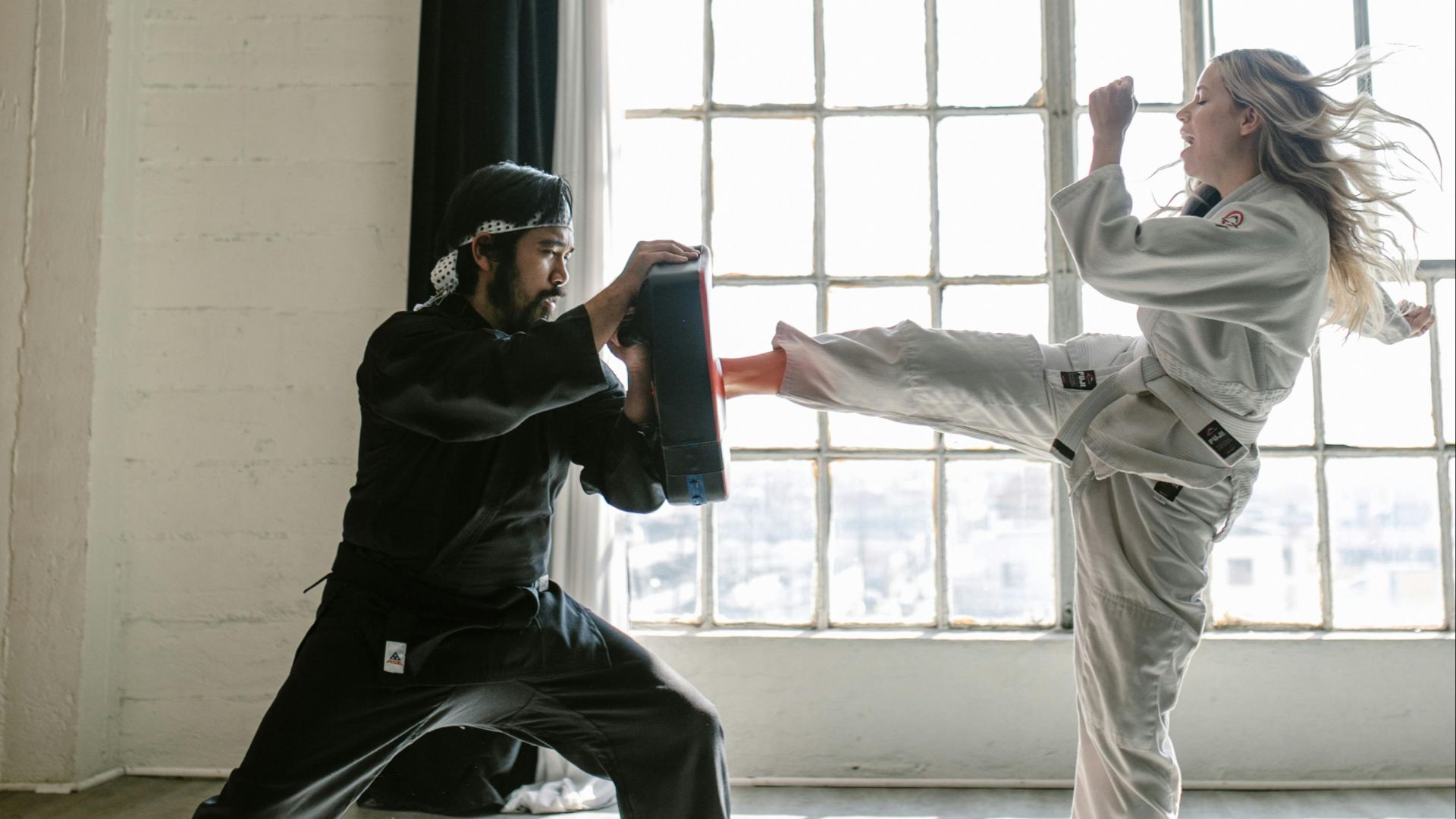The Ultimate Warriors Of Ancient Japan
Steel and shadow shaped ancient Japan, influencing its battles, strategies, and way of life. On one side, the samurai, fierce warriors bound by honor, sliced through battles with unmatched skill. On the other, the ninja, masters of deception, slipped through the darkness like whispers in the wind. Keep reading to explore 20 key facts about the civilization ruled by samurais and ninjas.
1. Origins Of The Samurai Class
Emerging in the late Heian period (794–1185), samurais were initially provincial warriors hired by noble families. By the Kamakura period, they became Japan’s ruling class, following strict martial training. They defended territories, upheld feudal order, and shaped the nation’s military history for centuries.
2. The Way Of The Warrior
Bushido, meaning "The Way of the Warrior," was the ethical framework governing samurai life. Loyalty to one’s lord and self-discipline were paramount. Even in times of peace, samurai followed these principles in governance and personal conduct, reinforcing discipline within their own class, though its influence on broader society remained limited.
3. Samurai As Scholar-Warriors
Despite their fearsome reputation, samurai valued intellectual pursuits. Many were educated in classical Chinese literature, poetry, and philosophy, especially during the Edo period (1603–1868). Plus, samurai leaders like Tokugawa Ieyasu encouraged education, founding schools and libraries.
4. The Role Of The Shogunate
Samurai did not rule alone; they served under the shogunate, a military government led by the shogun. The first shogunate, established by Minamoto no Yoritomo in 1192, centralized power under the samurai class. The Ashikaga (1336–1573) and Tokugawa (1603–1868) shogunates further cemented samurai authority.
5. Samurai Armor And Weaponry
Samurai armor, ō-yoroi, was worn by high-ranking mounted warriors during the Heian and Kamakura periods. Prioritizing protection, it was heavier and less agile. Later, more flexible styles like dō-maru and tosei-gusoku emerged, improving mobility. Samurai also carried the wakizashi, a shorter blade for close combat.
6. The Decline Of The Samurai
The Meiji Restoration was the end of the samurai era. Western-style conscripted armies replaced feudal warriors. Samurai were stripped of their privileges, banned from carrying swords, and forced to adapt to modern life. Some resisted, but progress reshaped Japan irrevocably.
7. Emergence Of The Ninja
While samurai followed strict codes of honor, ninjas or shinobi operated in the shadows. During the Sengoku period (1467–1615), feudal Japan was in turmoil, and clandestine warfare became important. Unlike samurai, they did not fight with honor-bound restrictions.
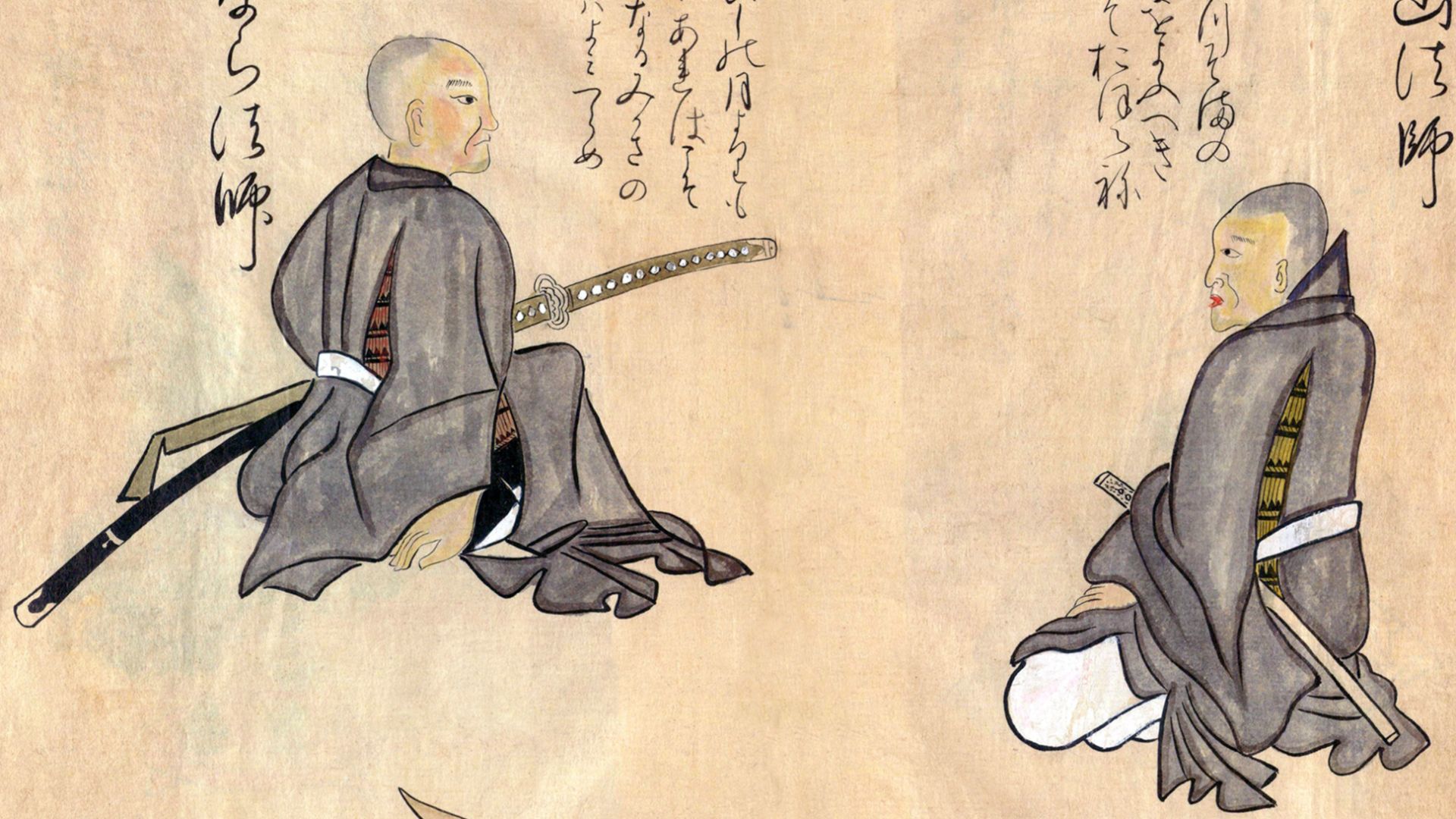 Unknown, artwork is from the Meiwa era. on Wikimedia
Unknown, artwork is from the Meiwa era. on Wikimedia
8. Iga And Kōga Clans
Two regions, Iga and Kōga, became synonymous with ninja activity. Isolated by mountainous terrain, these clans developed secretive combat techniques and trained operatives in disguise. Their expertise in unconventional warfare ensured their survival despite the dominance of the samurai class.
9. The Art Of Stealth
Ninjutsu, or "the art of stealth," encompassed a wide range of skills—camouflage, acrobatics, escape techniques, and psychological warfare. They avoided direct combat, instead relying on diversions, misinformation, and traps. The goal was simple: accomplish the mission with minimal confrontation.
10. Ninja Tools And Weapons
Forget just katanas. Ninjas carried shuriken (throwing stars), blowguns, and hidden daggers. Rope ladders and smoke bombs aided escapes while caltrops slowed pursuers. Ingenuity mattered more than brute strength—everyday objects doubled as deadly instruments.
11. Female Ninjas Kunoichi
Women trained in ninjutsu were called kunoichi. They played key roles in espionage, often infiltrating enemy households. Unlike their male counterparts, kunoichi specialized in psychological manipulation, using charm, wit, and seduction to extract information—and sometimes silently eliminating their targets.
12. Samurai Vs. Ninja Distinct Roles
Samurai fought with honor; ninjas fought with cunning. While a samurai faced his enemy directly, a ninja struck when least expected. These two warrior classes coexisted, but their methods clashed—one valued tradition, the other adaptation. When they did meet in combat, strategy dictated the outcome.
13. Samurai Women Onna-Bugeisha
Not all samurai were men. Onna-bugeisha, female samurai warriors, trained in combat to protect their households and fight alongside male warriors. Women like Tomoe Gozen became legendary for their battlefield prowess. They wielded the naginata, a pole weapon, for both offense and defense.
14. Seppuku
Failure in duty brought dishonor, and for samurai, redemption came through seppuku or ritual taking of one's life. This practice involved self-disembowelment using a dagger, followed by decapitation by a trusted second called the kaishakunin. Even female warriors, like the onna-bugeisha, had their version of seppuku.
15. The Decline of the Ninja
As Japan unified under the Tokugawa shogunate in the early 17th century, large-scale warfare declined, reducing the demand for covert operatives. With peace came stricter control over military factions, forcing many ninjas to abandon their trade. Some integrated into society as martial arts instructors, bodyguards, or even farmers, while their once-feared skills faded into legend.
16. Samurai's Connection to Shintoism
The samurai were deeply influenced by Shintoism, Japan's indigenous religion. Shinto rituals and beliefs, such as reverence for ancestors and the veneration of nature, played a significant role in shaping the samurai's code of honor. These spiritual practices provided them with strength, purpose, and a sense of duty beyond the battlefield.
17. Samurai Tea Ceremony
The samurai tea ceremony was a ritual of discipline, mindfulness, and respect. Rooted in Zen philosophy, it emphasized simplicity and inner peace, even for fierce warriors. These gatherings were a break from battle, fostering reflection, camaraderie, and the refined side of samurai culture.
18. Ninja Training From Childhood
Ninjas didn’t just wake up one day as masters of stealth—they trained from childhood. Climbing walls, blending into shadows, and mastering weapons were all part of daily life. This turned them into unstoppable spies and warriors of the night.
19. Samurai Castles And Architecture
Samurai castles were strategic masterpieces built for defense and dominance. With towering walls, hidden traps, and intricate moats, these structures could withstand sieges and surprise attacks. Plus, their elegant wooden interiors contrasted with their imposing exteriors.
20. Samurai Influence On Modern Japan
Though the samurai disappeared, their values of honor, discipline, and loyalty persisted in Japanese society. Many traditional martial arts, such as kendo and judo, stem from samurai training. Even modern corporate structures reflect samurai-era discipline and hierarchy.
KEEP ON READING

New Moon, Old Red Paint: A History Of The Chinese…
Ancient Emperors Ate Dumplings. The Chinese New Year is a…
By Megan Wickens Jan 28, 2025
The Biggest Thinkers Of All Time & Their Theories
We're Still Learning From Them Today. From Charles Darwin to…
By Emilie Richardson-Dupuis Jan 29, 2025
20 Wives From History That Are Cooler Than Their Famous…
"Behind Every Great Man, There Is A Woman". Many powerful…
By Megan Wickens Jan 14, 2025
20 Greatest Poets the World Has Ever Known
Beloved Poets of Our Time. There's more to poetry than…
By Christy Chan Jan 14, 2025
From School Plays To Starting A Cult: 20 Of The…
The Books That Made Us. Many people will tell you…
By Farva Ivkovic Jan 31, 2025
20 Facts About Jane Grey, The Forgotten Queen Of England
A Quick, Messy, and Tragic Reign. Lady Jane Grey never…
By Maria Cruz Jan 31, 2025

